
What Is A Move-in Ready House?
If you’re a fan of home-buying cable TV shows, you’ve doubtlessly heard the term “move-in ready house.” But if you’re about to hunt for a house yourself, this description has an even more urgent need to be definitely defined. And what if you’re selling your house? Can you correctly claim that it’s move-in ready?
This term is often bandied about with the assumption that everyone knows what it means. However, your concept of a move-in ready house may differ from someone else’s. Fortunately, there are standards for what constitutes a house in this condition. We thank the experts at realtor.com, Homebuyer.com and Rocket Homes for providing the following valuable information!
What Does Move-in Ready Mean – and Not Mean?
Basically, move-in ready means the house should be livable without any anticipated repairs.
“A move-in ready home should not require anything that would prevent a buyer from occupying the home immediately without a to-do list,” says Jennifer Okhovat, a real estate agent at Compass in Los Angeles.
The legal definition of a move-in ready home is a home that’s suitable for immediate occupancy and meets the local government’s safety, health, and building codes standards. Buyers of a move-in ready home can expect the home’s major systems to be functional and certified by a licensed home inspector – including electrical, plumbing, and HVAC – and for its structure to be sound. Move-in ready homes have no known hazards and no building code violations.
The three general traits of a move-in ready home are as follow:
- Structurally sound and safe.
- Plumbing, electricity, and windows and doors are operable.
- Free from pests and infestations.
Our blog post – “What to Look for Before You Buy a Home” – provides a guide on how to take stock of a home’s condition and state of repair – including a list of main exterior and construction components you (and a home inspector) need to examine closely before making an offer.
Sometimes, homebuyers have unrealistic expectations of “move-in ready” – which may be the fault of those afore-mentioned TV shows where prospective buyers are critical of outdated light fixtures, non-stainless steel kitchen appliances, popcorn ceilings, etc. As long as everything is in working order and up to code, there’s no reason why you can’t sign the contract and move right in. A house in which the flooring, cabinetry, finishes, trim, paint colors, etc., aren’t to your taste isn’t the same as a house in need of repairs – such as a new roof, a hole in the drywall and so on.
As realtor.com notes, “So even if that Tuscan wine-themed backsplash in the kitchen is giving you nightmares, it doesn’t mean the home is unable to be lived in.”
Eight Features of a Move-in Ready House
Now that you know “move-in ready” isn’t synonymous with “updated,” a move-in ready house meets the following eight standards:
- Working plumbing and pipes – Running water is a top priority for any home. The drains of a move-in ready home will be clean and clear of blockages, and faucets will provide clean water.
- Modern electrical outlets and wiring – Move-in ready homes meet the national electrical code. Every kitchen, bedroom, living space and family room will have a working electrical outlet. Outlets will be spaced according to electrical standards and not near running water.
- Leak-proof roof and exterior – The roof of a move-in ready home will be free from major and minor damage – including leaks, loose shingles and discoloration. In addition, gutters and drainage systems will be intact. The home’s interior will show no evidence of water damage from failed roofing. For homes with siding, all siding pieces will be structurally sound. For brick homes, all tuckpointing will be up-to-date and complete.
- Major appliances are included – Move-in ready homes will include refrigerators, stoves, dishwashers, and washers and dryers. Appliances are not required to meet energy-efficiency standards and may be near their replacement age.
- Flooring and walls are level and flat – The floors of a move-in ready home will be level, and its walls will be even. There will be no apparent holes, water stains, or physical warping. Moldings around doors and windows will be aligned. Doors and windows will open and close as expected. There will be no gaps between ceilings and walls and floors.
- Windows and door locks operate – The windows and doors of a move-in ready home will have secure locking mechanisms. Single- and double-pane windows will lock from inside the house. Exterior doors will have functioning double-locking mechanisms. System memory has been wiped before move-in for homes with biometric key systems.
- Heating and cooling systems are functional and tuned – Heating, ventilation and cooling (HVAC) systems will have new filters, clean vents and working fan belts. Refrigerants will be at acceptable levels, and there will be no evidence of pest infestation.
- The home is habitable – A move-in ready home will have a certificate of occupancy and adhere to the applicable building codes.
Is a Move-in Ready House Right for You?
Many homebuyers prefer a house that has no major projects requiring immediate attention. The convenience of moving right in and resuming a regular schedule – or getting oriented to new surroundings and creating a new regular schedule – is highly desirable to them. Even those who eventually want to update the light fixtures and repaint the family room may appreciate the fact that they can do so at their leisure, on their own schedule and according to their budget.
As Rocket Homes observes, “Home improvement (and moving in general) isn’t for the faint of heart. If you aren’t up for the physical challenge of renovating and repairing a home – or the mental challenge of coordinating contractors – you’re better off looking for a house that’s habitable and suits your needs as-is.” Moreover, it’s typically easier to get financing for a move-in ready home than for a home improvement mortgage or construction loan.
However, others welcome the opportunity to “make the house their own,” to use the phrase often heard on home-buying TV shows. For them, a house that has no issues isn’t as important as one that can be remodeled or renovated to become their dream home. The “bones” of the house, architectural style, number of rooms, certain amenities or even the neighborhood could be the deciding factor. For example, home buyers who have their heart set on a Victorian, craftsman bungalow or mid-century modern house are typically willing to put the work – and money – into getting exactly the house they envision.
Ultimately, choosing a move-in ready house is a matter of preference. Knowing yourself, the needs and expectations of your family and your long-term plans should guide you to the right decision. After all, your home isn’t only your most important investment – it’s where you make a life for yourself and your family. Choosing the right house enhances the quality of your life and allows you to create wonderful experiences and memories.
Even a move-in ready house will need maintenance to keep it in top condition – and those requiring exterior/interior paint and repairs need a reputable, reliable contractor. Fortunately, The Paint Manager is here to help you maintain, repair and improve your home! We have been serving Central Florida homeowners for more than 20 years with experienced, dedicated and professional services that include exterior and interior house painting, roof repair and cleaning, drywall repair, popcorn ceiling texture removal, cabinet refinishing and so much more!
Plus, become a member of The Paint Manager to receive a 15% year-‘round member’s discount. Contact us to learn more about our services and membership discount offer. We look forward to meeting you!

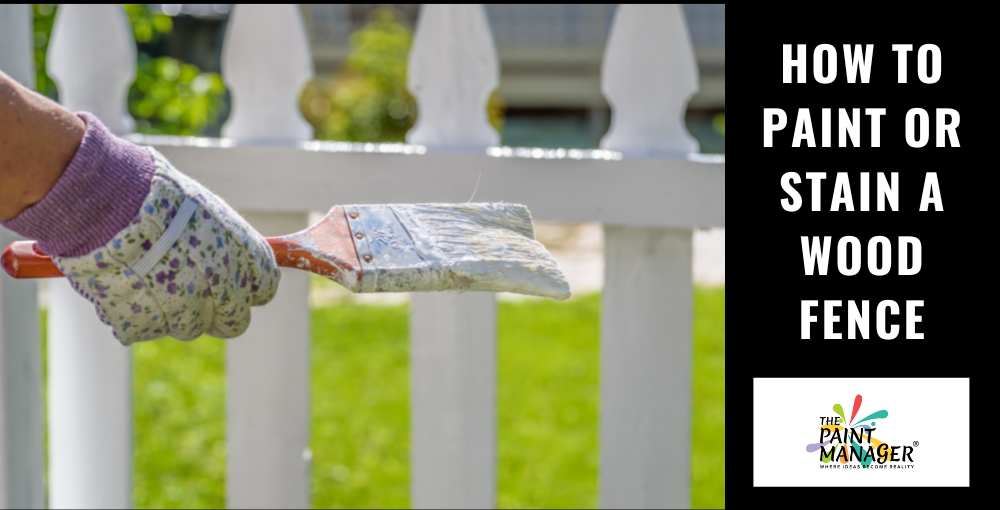
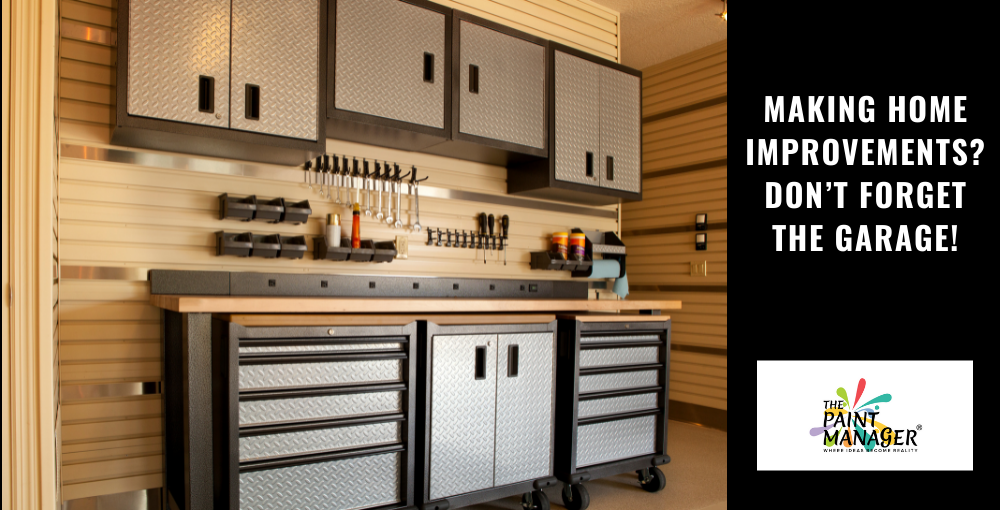

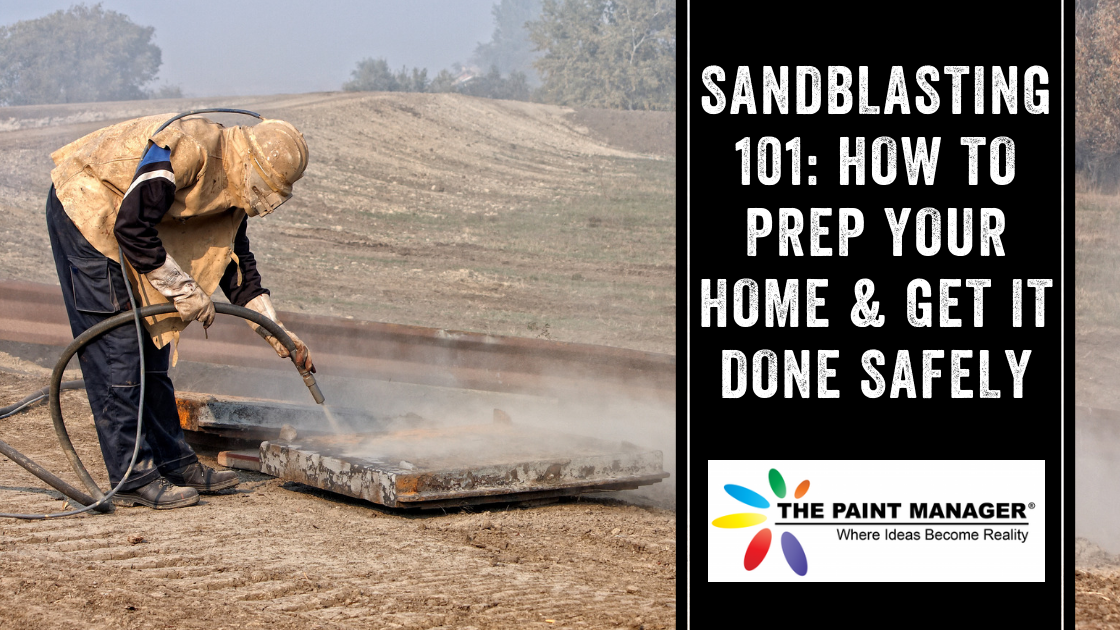
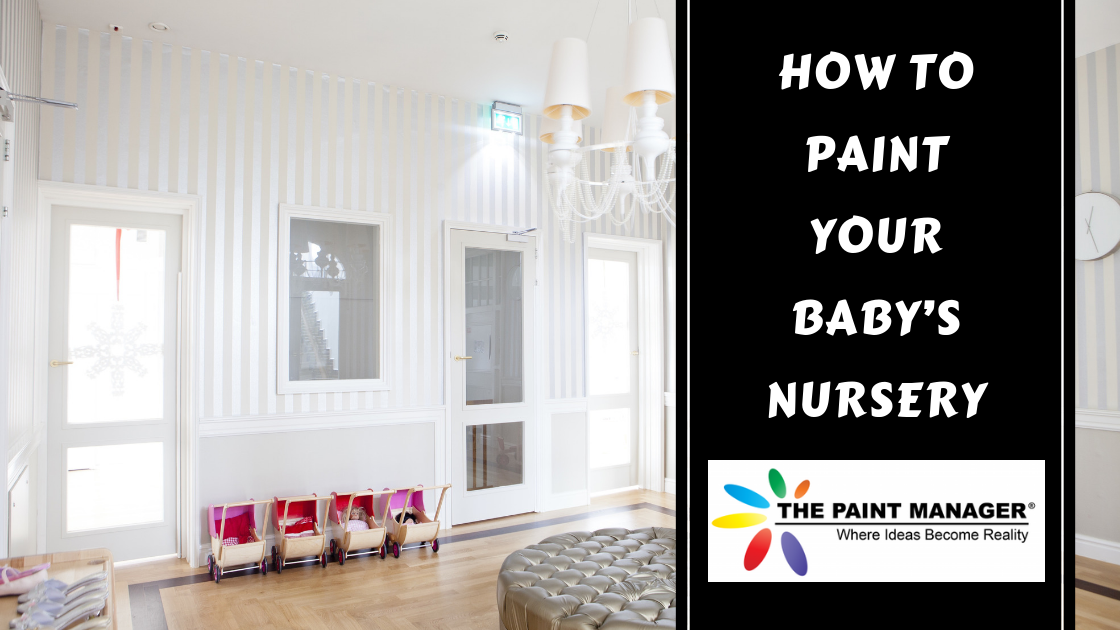
 To make your baby’s room healthier,
To make your baby’s room healthier, If you’re considering taking the DIY approach to painting the nursery, the good people at
If you’re considering taking the DIY approach to painting the nursery, the good people at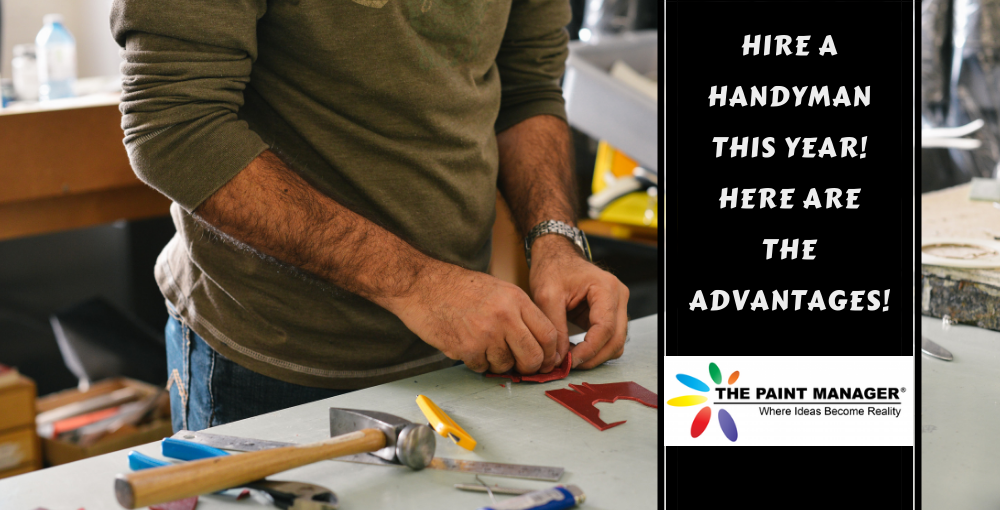



 But first, let’s consider your motivation for painting your house. If you’re planning to sell, giving the exterior a fresh coat of paint is a sure way to
But first, let’s consider your motivation for painting your house. If you’re planning to sell, giving the exterior a fresh coat of paint is a sure way to


 The number one reason why you should call
The number one reason why you should call